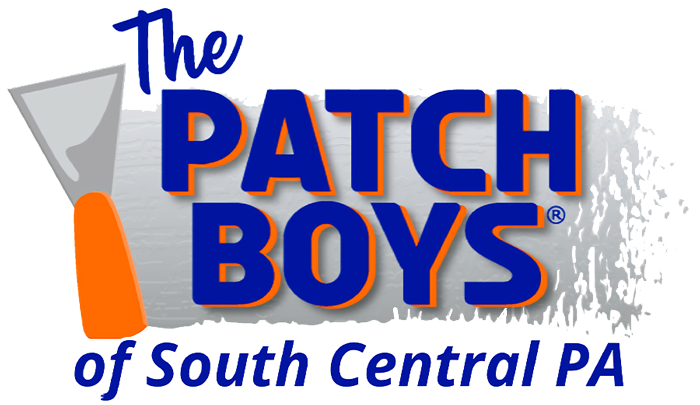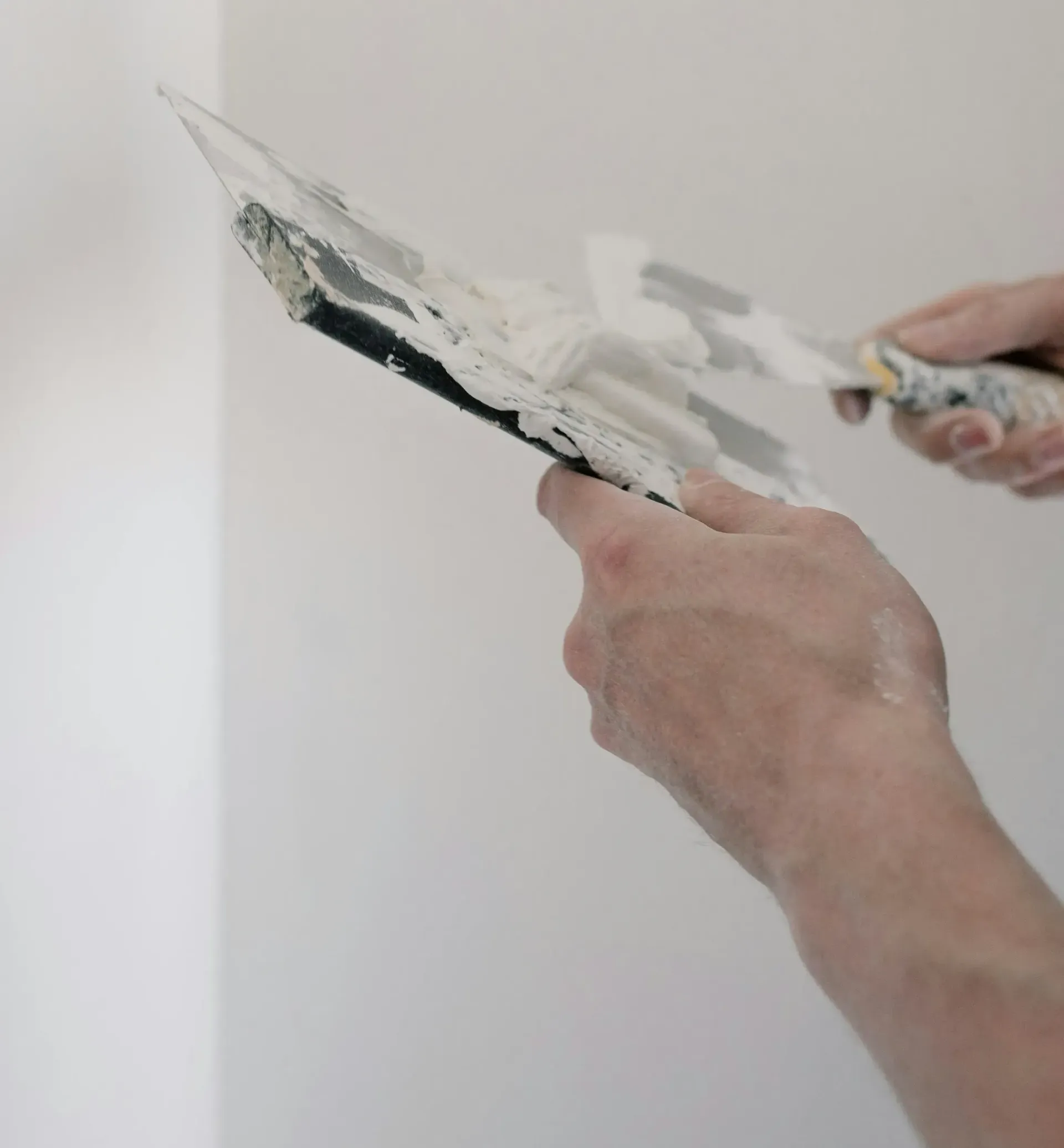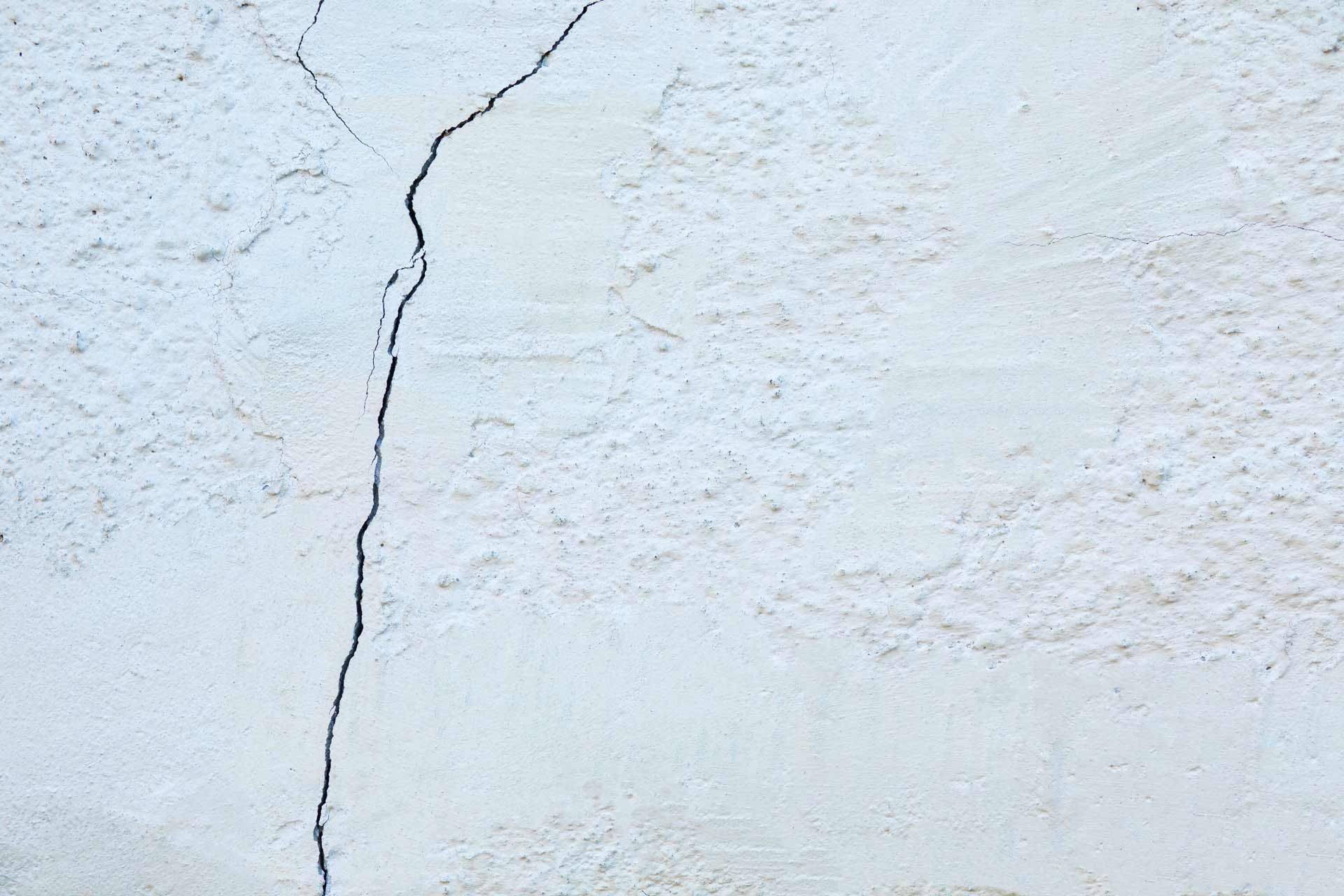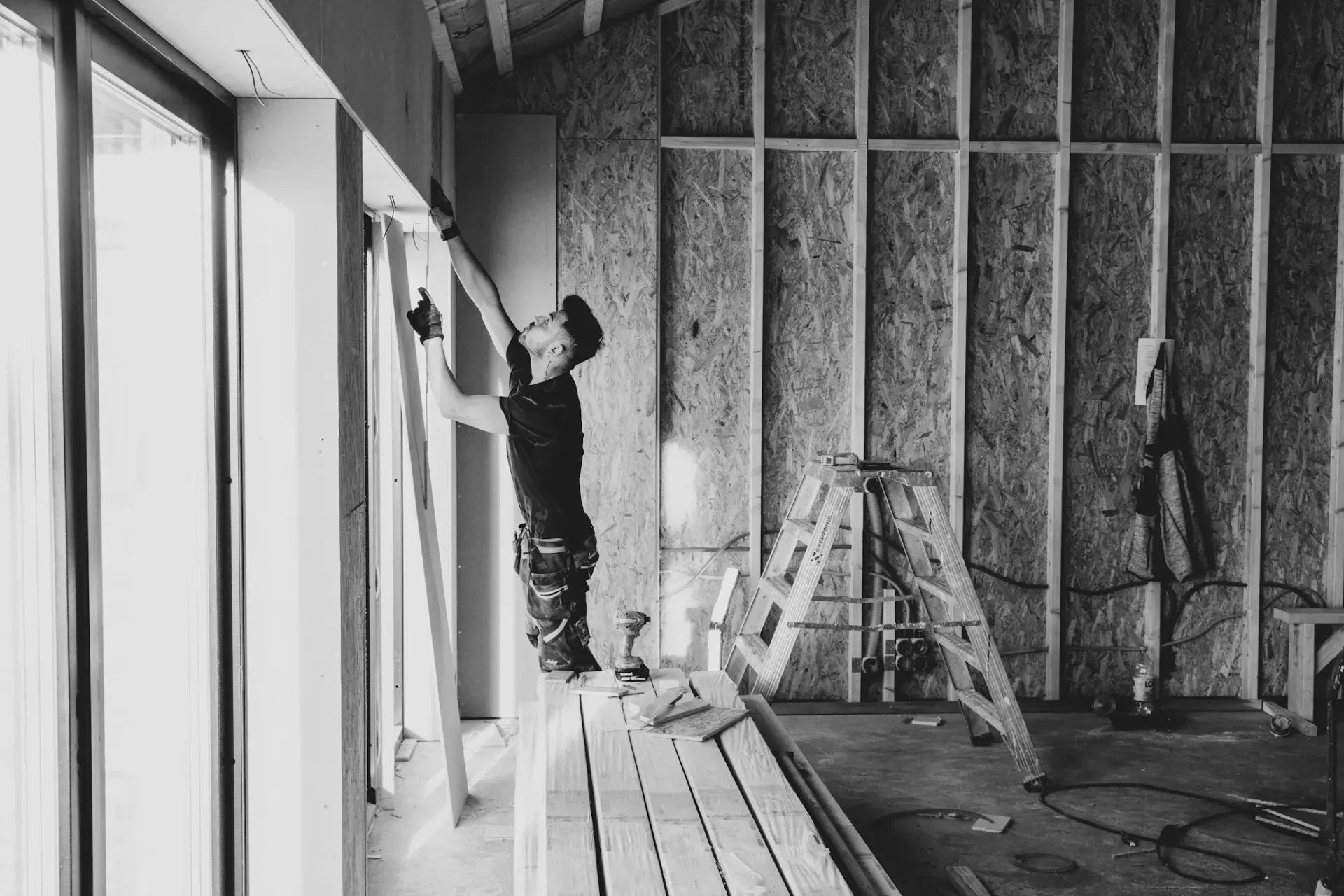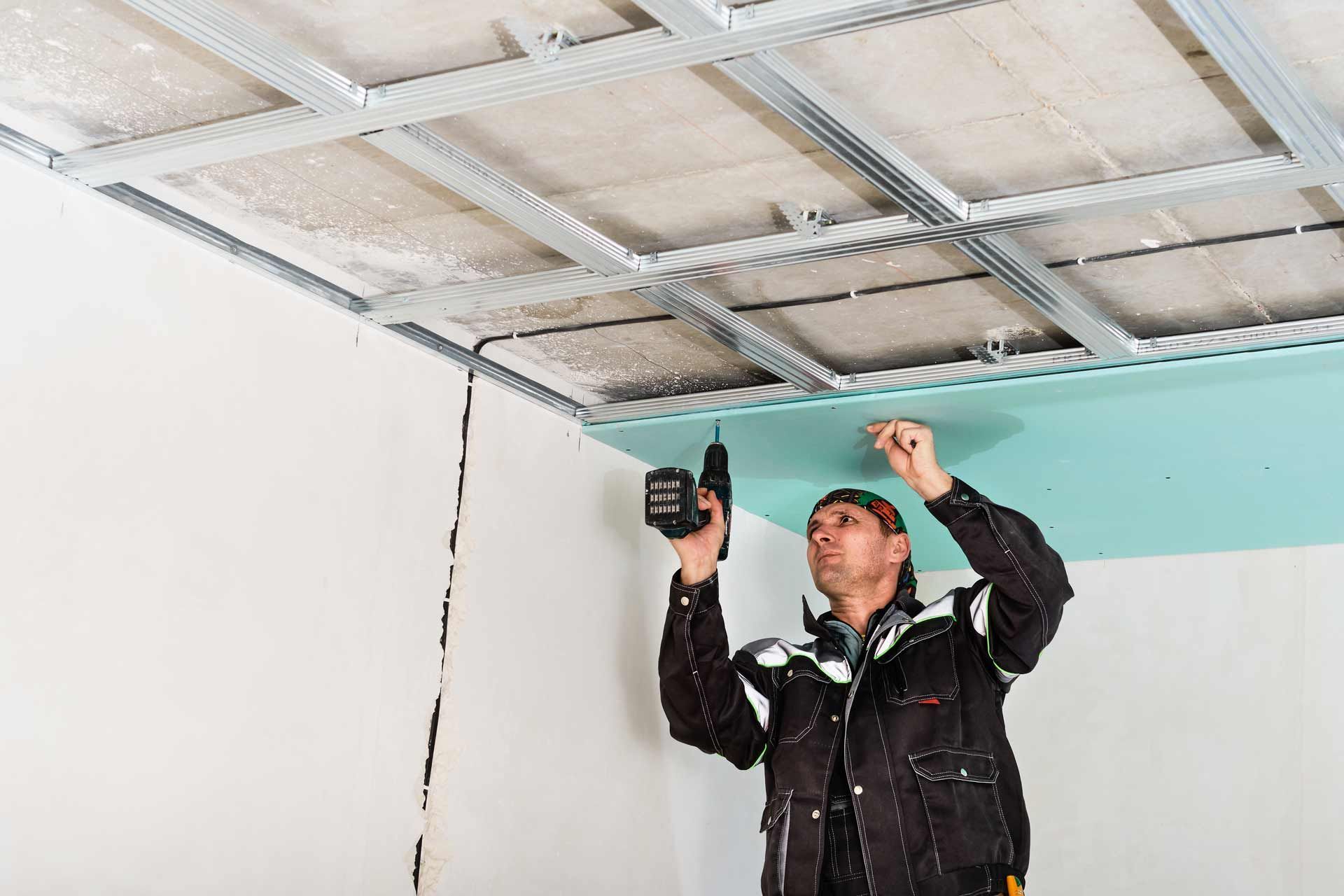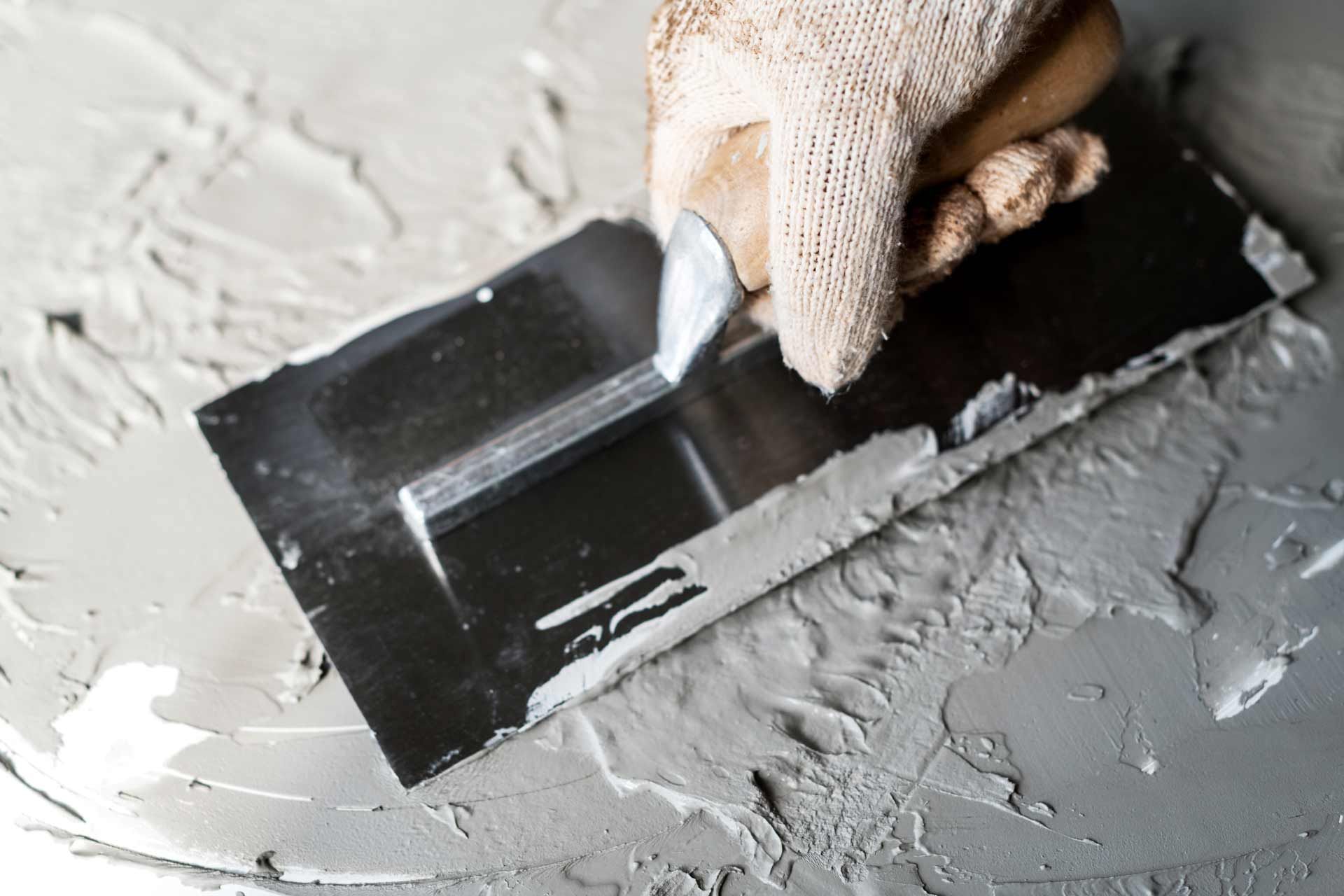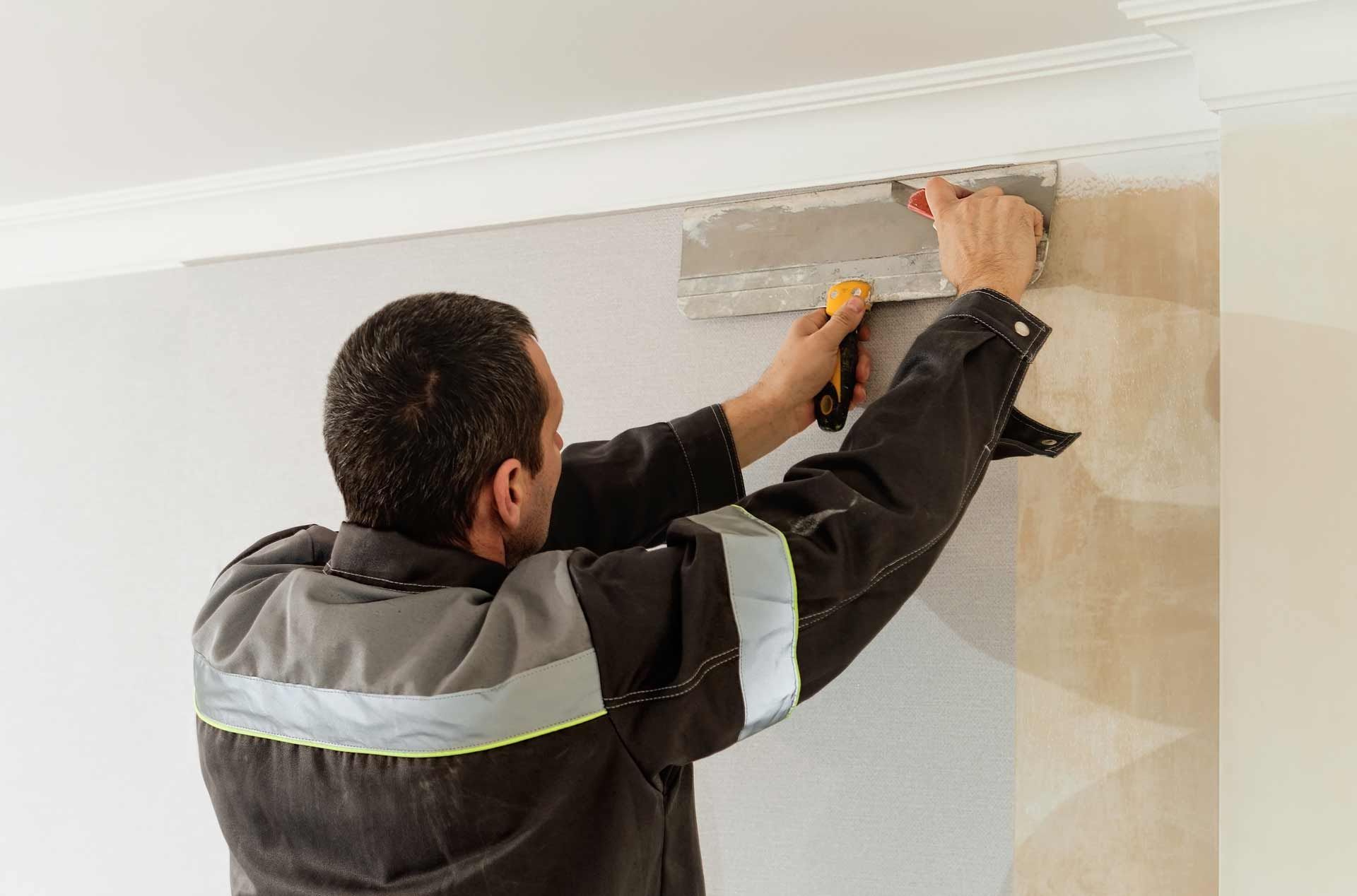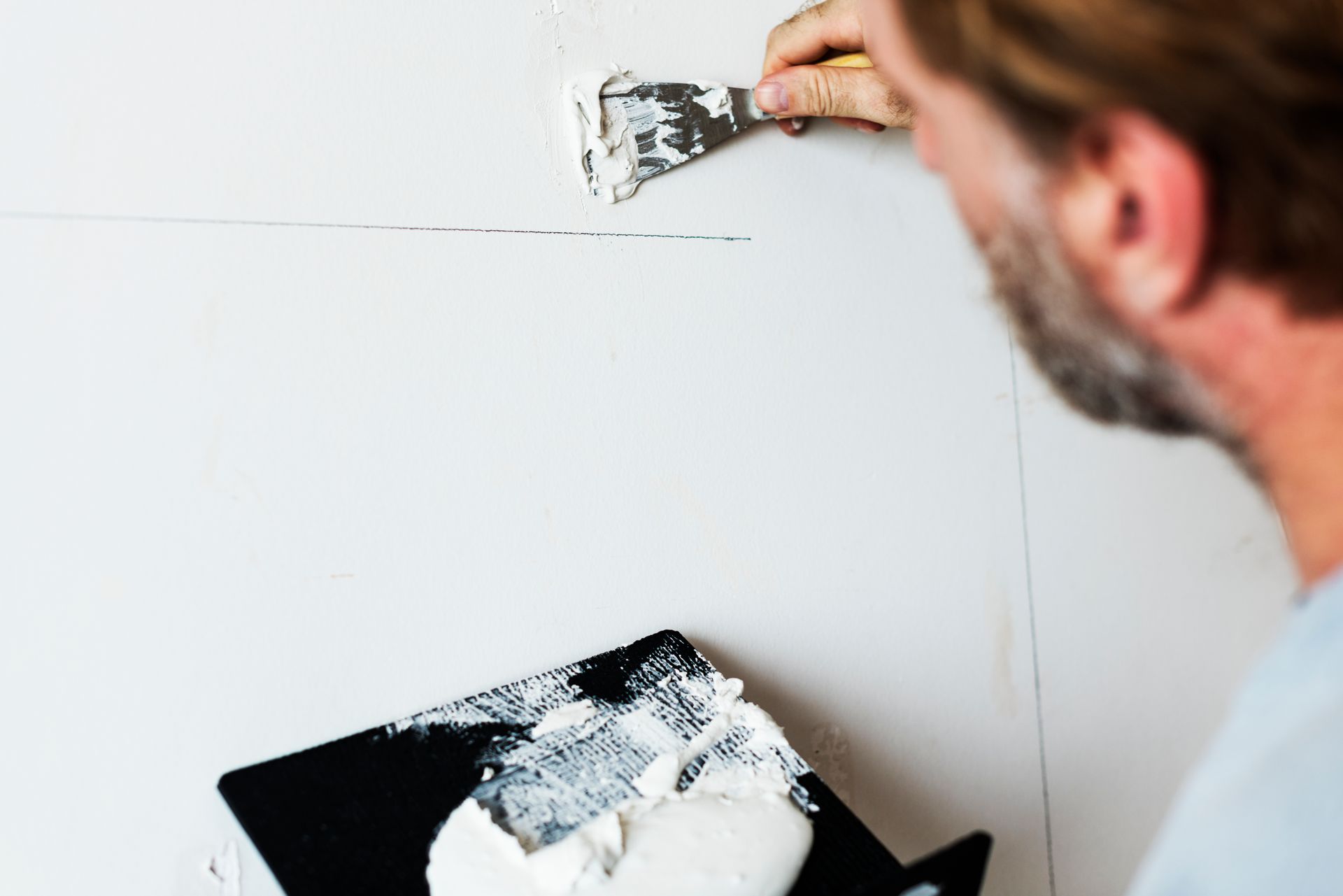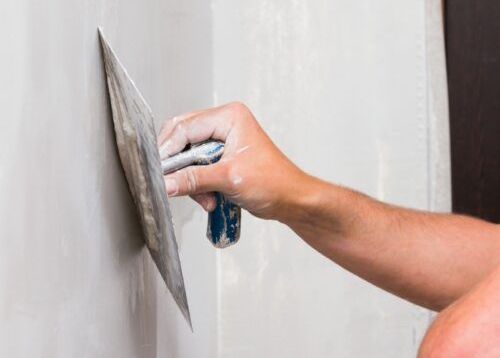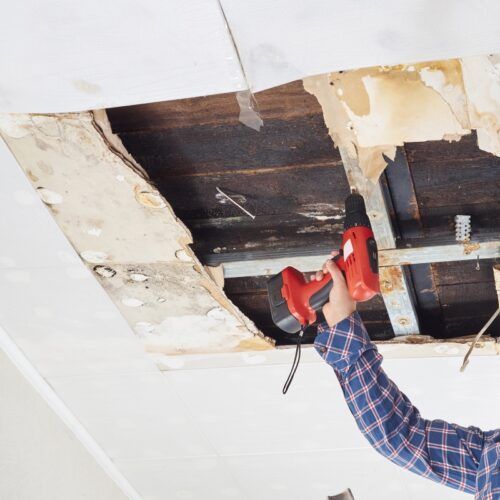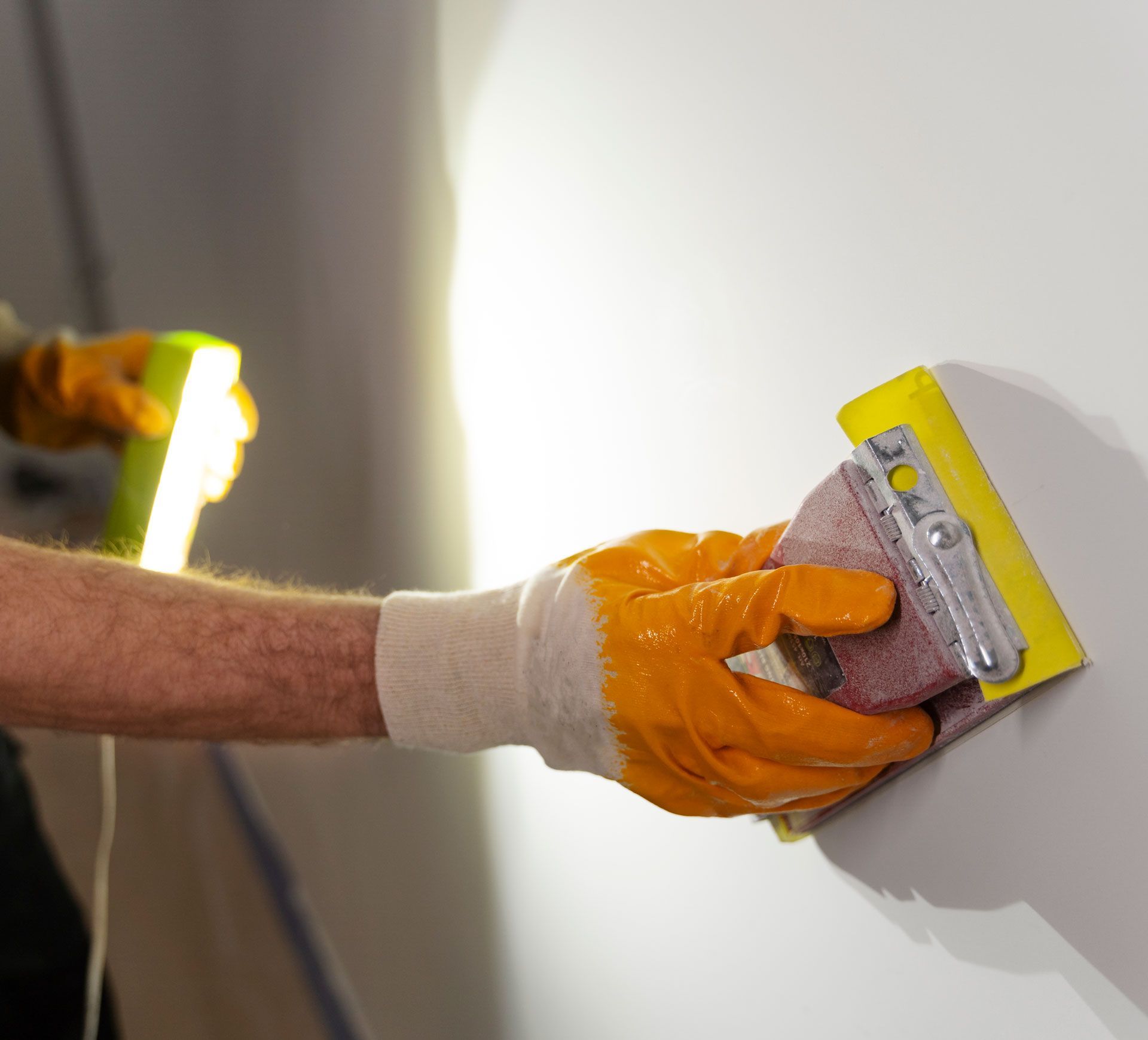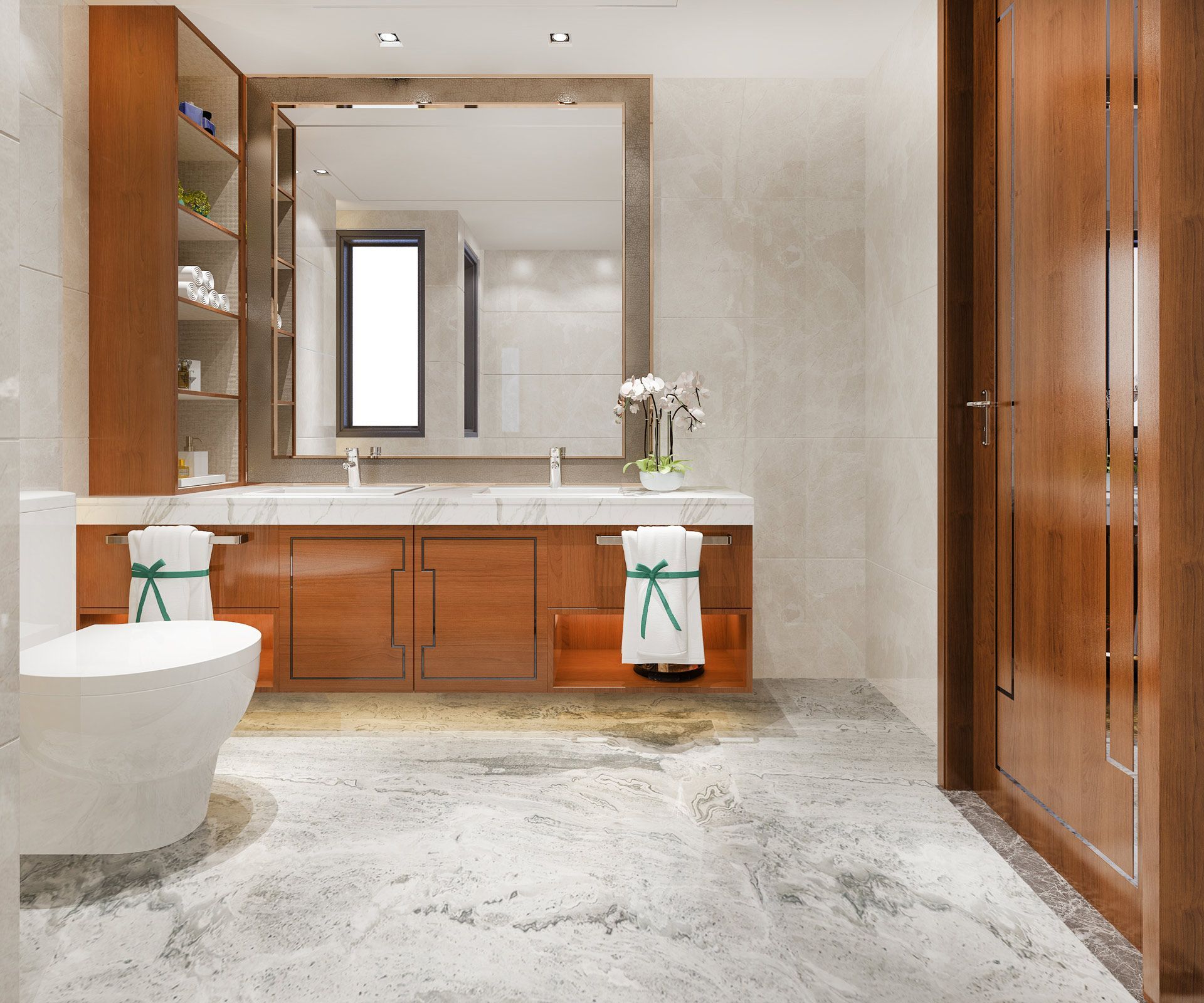
Why Moisture-Resistant Drywall is a Smart Choice for Bathrooms in Mechanicsburg
Introduction
Bathrooms are the most moisture-prone rooms in any home, and homeowners in Mechanicsburg know how Pennsylvania’s humid summers and cold winters can make that problem worse. Traditional drywall can quickly absorb moisture, leading to mold, mildew, and costly damage.
This article explains why moisture-resistant drywall is the best choice for bathrooms, how it works, and why hiring a local contractor who understands installation best practices can save you headaches down the road.
What Moisture-Resistant Drywall Is (and Why It Matters)
Moisture-resistant drywall, often called “green board” or “purple board,” is specifically designed to resist moisture absorption better than regular drywall.
Key Features
- Special Coating or Facing:
A water-resistant surface that slows moisture penetration.
- Mold and Mildew Resistance: Many types include additives that prevent mold growth.
- Durability in Damp Areas: Ideal for high-humidity spaces like bathrooms, laundry rooms, and basements.
Benefits for Mechanicsburg Homes
Mechanicsburg homes often deal with humidity fluctuations that cause condensation on walls and ceilings. Installing moisture-resistant drywall helps protect your bathroom from soft spots, peeling paint, and musty odors. It also extends the life of your walls by preventing moisture damage that can weaken drywall over time.
How to Choose and Install Moisture-Resistant Drywall
Choosing the right drywall for your bathroom is just the first step — correct installation is just as important.
Step 1: Pick the Right Type
- Green Board: Budget-friendly option for walls in half-baths or lightly used bathrooms.
- Purple Board: Offers enhanced mold and moisture protection and works well in high-use bathrooms or kids’ bathrooms.
- Cement Board: Best for shower and tub surrounds where direct water exposure occurs.
Step 2: Use Proper Fasteners and Sealing
Fasteners should be corrosion-resistant. Joints and seams should be properly taped and sealed with moisture-resistant joint compound to prevent water intrusion.
Step 3: Add Ventilation
Even the best drywall won’t last if the bathroom stays damp. Ensure there is a functioning exhaust fan to reduce humidity and protect your investment.
Step 4: Prime and Paint with Moisture-Resistant Products
Always use a mold-resistant primer and high-quality bathroom paint to further protect the surface.
Step 5: Hire a Professional Contractor
Improper installation can allow moisture to penetrate at seams or corners. A local drywall contractor experienced with moisture-resistant drywall will ensure a long-lasting, seamless finish.
FAQs
Is moisture-resistant drywall waterproof?
No — it resists moisture better than standard drywall but is not waterproof. Areas with direct water contact, like shower walls, should use cement board instead.
Can I use regular drywall in a bathroom?
You can, but it is not recommended. Regular drywall will absorb moisture and is more likely to mold or deteriorate over time.
Does moisture-resistant drywall cost more?
Yes, it costs slightly more per sheet, but it saves money in the long run by reducing the risk of mold remediation and replacement.
Can moisture-resistant drywall be painted?
Yes. Just be sure to prime it first with a high-quality primer designed for damp areas.
Do I need moisture-resistant drywall on the bathroom ceiling?
If your bathroom has poor ventilation or high humidity, using moisture-resistant drywall on the ceiling can help prevent sagging and staining.
Conclusion
For Mechanicsburg homeowners, moisture-resistant drywall is one of the smartest investments you can make when building or remodeling a bathroom. It helps prevent mold, resists damage, and keeps your bathroom looking fresh longer.
When paired with proper ventilation and professional installation, moisture-resistant drywall can save you from costly repairs and create a healthier home environment.
